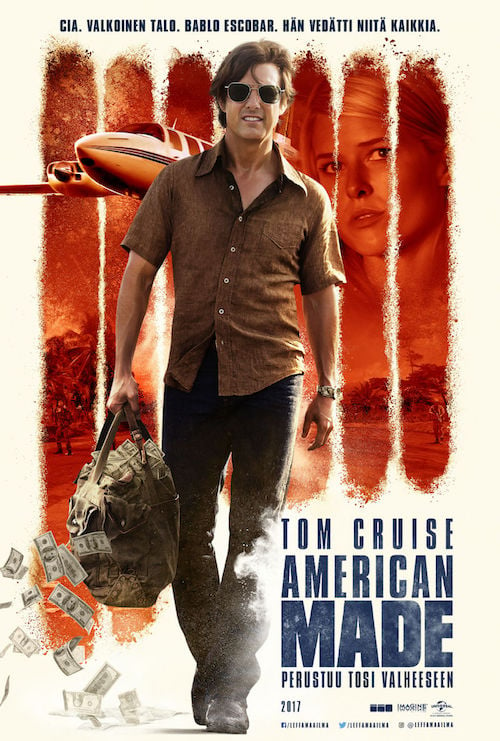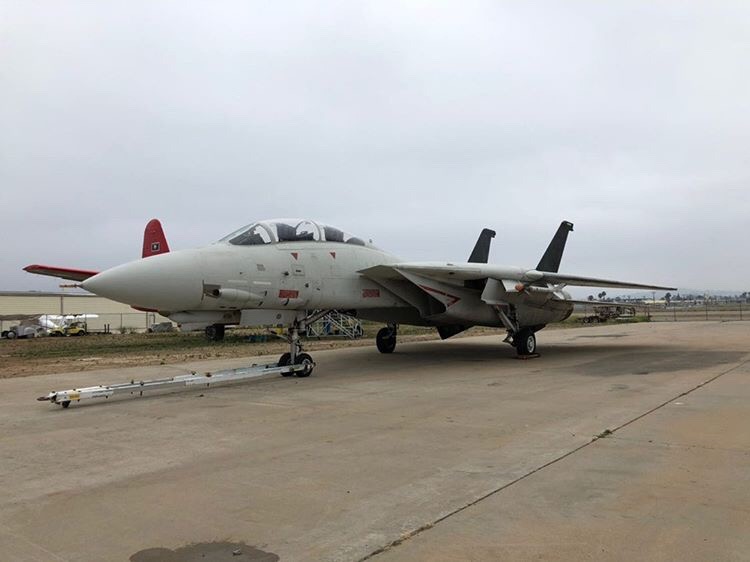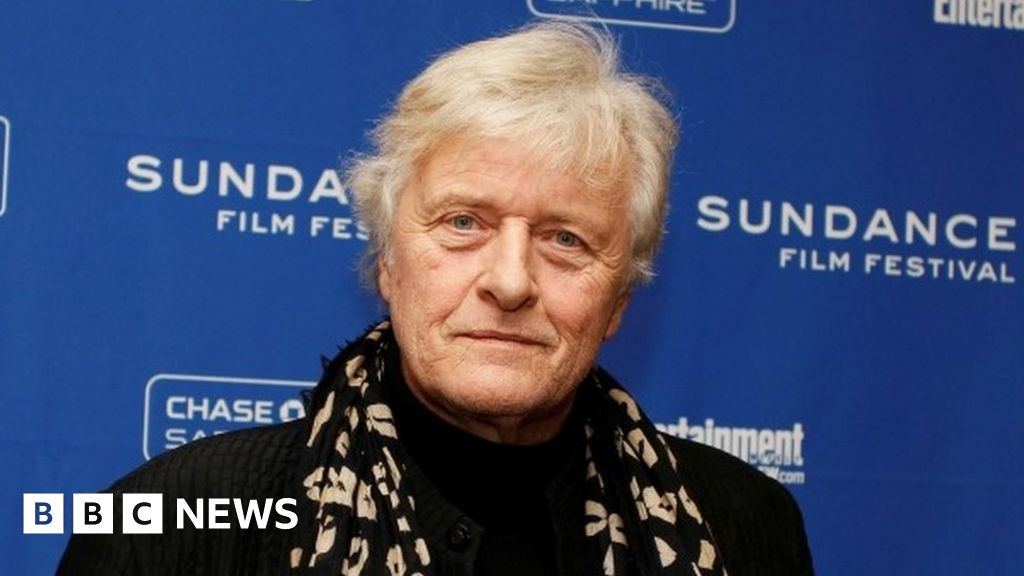Kuulostaa tutulta.Kuuluuko tähän genreen sellainen tunnistettava taustamusiikki, vähän halvalla tehtyä pimputusta? Suht nuoret näyttelijät ja tapahtumat kuvataan tiiviisti yhdessä tilassa?
Install the app
How to install the app on iOS
Follow along with the video below to see how to install our site as a web app on your home screen.
Note: This feature may not be available in some browsers.
You are using an out of date browser. It may not display this or other websites correctly.
You should upgrade or use an alternative browser.
You should upgrade or use an alternative browser.
Minkälaisia elokuvia te katotte?
- Viestiketjun aloittaja Hejsan
- Aloitus PVM
Suolasirotin...eeen ole koskaan kattonut, mutta kaverit kerto.Kuulostaa tutulta.
Falangi
Kenraali
Minä pidän romanttis-sävytteisistä elokuvista, jotka ovat lyhyehköjä, joissa on vähän yksinkertaista dialogia, simppili juoni sekä paljon toimintaa.
lukkarinapulainen
Majuri
Takeshi Kitanon eli tuttavallisemmin Beat Takeshin tähdittämät tai ohjaamat, japanilaista järjestäytynyttä rikollisuutta kuvaavat elokuvat on kyllä todella nautittavaa katseltavaa - paitsi se uusin, jo ihan liian hurmeinen trilogia.
'Sonatine' varsinkin on klassikko. Ja 'Violent Cop'.
Taito (japanilainen pelitalo) antoi videopelejä vihaavalle Beat Takeshille suunniteltavaksi videopelin Famicomille ja siitä tuli ihan 'omanlaisensa'. Japanilainen Famitsu -konsolipelilehti äänesti kys. pelin kaikkien aikojen 'paskapeliksi'. Siinä pitää mm. laulaa karaokea (Famicomin kakkosohjaimen mikin kautta) ja voi heti pelin alussa vetää potkut antanutta työnantajaansa turpaan.
Sittemmin Takeshi Kitano on antanut naamansa ja äänensä Ryu ga Gotoku eli Yakuza -pelisarjan päättävässä osassa olevalle rikollispomolle.
'Sonatine' varsinkin on klassikko. Ja 'Violent Cop'.
Taito (japanilainen pelitalo) antoi videopelejä vihaavalle Beat Takeshille suunniteltavaksi videopelin Famicomille ja siitä tuli ihan 'omanlaisensa'. Japanilainen Famitsu -konsolipelilehti äänesti kys. pelin kaikkien aikojen 'paskapeliksi'. Siinä pitää mm. laulaa karaokea (Famicomin kakkosohjaimen mikin kautta) ja voi heti pelin alussa vetää potkut antanutta työnantajaansa turpaan.
Sittemmin Takeshi Kitano on antanut naamansa ja äänensä Ryu ga Gotoku eli Yakuza -pelisarjan päättävässä osassa olevalle rikollispomolle.
Viimeksi muokattu:
tulikomento
Supreme Leader
Panssari Salama
Respected Leader
Maailman Paras Elokuva saamassa jatko-osan. Näyttää asialliselta. Pitäisikö oikein varata reissu IMAX teatteriin katsomaan tämäTop Gun 2:n virallinen traileri.

Suomessa on kyllä paskat teatterit. Jopa Virossa on paremmat. Oliko (lähi)itäkeskuksessa ainostaan IMAX teatteri?Maailman Paras Elokuva saamassa jatko-osan. Näyttää asialliselta. Pitäisikö oikein varata reissu IMAX teatteriin katsomaan tämä
Panssari Salama
Respected Leader
Niinhän se taitaa olla. Toivioretki Itäkeskukseen tiedossa, siis. Tai itse asiassa, ensi-iltaan Tallinnaan. Siinä se on. Pitää varata laiva ja hotelli heti kun päivämäärä tiedossaSuomessa on kyllä paskat teatterit. Jopa Virossa on paremmat. Oliko (lähi)itäkeskuksessa ainostaan IMAX teatteri?

tulikomento
Supreme Leader
Kunnon taktinen analyysi Heat-elokuvan legendaarisesta pankkiryöstökohtauksesta.
tulikomento
Supreme Leader
Kiitos. Tarttui myös tuohon Tomcattiin.
kimmo.j
Greatest Leader
Katsoin juuri Tom Cruisen American Made leffan Netfliksistä.

 www.episodi.fi
www.episodi.fi
Katsomisen arvoinen, ehdottomasti.

American Made
Michael Bayn vuoden 2013 Pain & Gain kertoi tositapahtumapohjaisen tarinan, joka oli niin uskomaton, että elokuvankin piti välillä kääntyä katsojan puoleen ja todeta: ”Jep, katsot edelleenkin tositarinaa”. Pain & Gain tulee mieleen, kun Tom Cruisen esittämä Barry Seal kertoo tarinaansa...
Katsomisen arvoinen, ehdottomasti.
Yksi lempileffoistani, Avengers: Endgame, on noussut juuri nyt eniten lippuja myyneeksi elokuvaksi maailmassa kaataen Avatarin yhdeksän vuotta kestäneen ennätyksen.

 www.hollywoodreporter.com
www.hollywoodreporter.com

Box Office: ‘Avengers: Endgame’ Passes ‘Avatar’ to Become No. 1 Grossing Film of All Time
Marvel Studios and Disney's superhero extravaganza 'Avengers: Endgame' has surpassed 'Avatar' to become the top-grossing film of all time worldwide, not adjusted for inflation.

We Got Some Walkaround Photos Of The F-14 Tomcat Used For The Filming Of "Top Gun: Maverick"
The Top Gun sequel's F-14 has returned to her home. And we have obtained some interesting shots of the Tomcat that expose her movie "costume". The fact
Ollaankohan tässäkin elokuvassa enemmän suihkussa kuin suihkukoneessa? Eikä mitä, pakko katsoa..Maailman Paras Elokuva saamassa jatko-osan. Näyttää asialliselta. Pitäisikö oikein varata reissu IMAX teatteriin katsomaan tämä
Harvassa on ne elokuvat mitä enää todella odottaa. Nyt on sitten Rambon Last blood sekä Top Gun tulossa. Sicario kolmosta odotan kyllä myös.
Tässä hieman pätkää millaista elokuvassa kuuluu olla.
Tässä hieman pätkää millaista elokuvassa kuuluu olla.
Viimeksi muokattu:
Panssari Salama
Respected Leader
Tämä kuuluu varmastikin tähän vitjaan. Laivaston lentäjä muistelee Maailman Parasta Elokuvaa ja minkälainen maailma on 30 vuotta myöhemmin.


Top Gun at 30: A Retrospective from Two Naval Aviators
“I feel the need. The need for speed.” Whether you love it or just really, really like it, the movie Top Gun has survived as an iconic pop-culture
warontherocks.com
TOP GUN AT 30: A RETROSPECTIVE FROM TWO NAVAL AVIATORS
GREG MALANDRINO AND JEFF MCLEAN
APRIL 29, 2016
COMMENTARY

“I feel the need. The need for speed.”
Whether you love it or just really, really like it, the movie Top Gun has survived as an iconic pop-culture sensation for 30 years. The highest grossing film of 1986 and definitive summer blockbuster captured the zeitgeist of the era through a high-octane mash-up of Cold-War fueled, Reagan-era fighter jets and all the definitive hallmarks of a late-80s classic: infinite cheesy quotes, a highly-synthesized soundtrack, and multiple intense hard-work montages.
Like a time capsule caught on VHS, the movie permanently time-stamped the hottest trends of those years in the minds of the public — Aviator sunglasses, Val Kilmer’s bleached Flattop — but importantly, the movie also introduced millions of viewers to the U.S. Navy and carrier aviation. Through the eyes of the equal-parts handsome and rebellious pilot, Lieutenant Pete Mitchell (call sign “Maverick”) the movie took viewers into a fighter cockpit in the most realistic flying scenes that had ever been produced and awoke many young men and women to the awesomeness of “flying Mach 2 with your hair on fire.”
As well, Top Gun was a ground-breaking, inside look at the F-14 Tomcat and the Navy fighter pilot community, perfectly depicting a culture that viewed itself as indestructible, undefeatable, and unmatched either in a dogfight or at the Officer’s Club Bar. An incredible recruiting tool over the past three decades, the film remains a cultural touchstone inside and outside of naval aviation.
Your ego’s writing checks your body can’t cash!
As naval aviators, the most frequent question we get asked at cocktail parties is, “how much do you love the movie Top Gun?” Though frequently answered with a coy and deflecting response, the true answer is … a lot.
Yes, in the ready rooms of Navy squadrons today, aviators make a pastime of mocking the film and any pilot that dares to quote the movie with any hint of seriousness. To be fair, there are many technical and cultural inaccuracies in the movie: beach volleyball is sadly rare in our community (although that is exactly what we look like with our shirts off), the inverted polaroid shot is insanely impossible, and we do not randomly wear so many patches on our flight suits. But underneath the mockery is a deep feeling of pride in the portrayal of the Navy fighter community in such a popular film. Bankers don’t love the movie Wall Street for the insights into the due diligence of corporate acquisitions, but they still secretly wonder whether they are more of a Gordon Gekko or Bud Fox in private.
The film remains the most accurate popular depiction of the thrill of flying fighters and the camaraderie and culture of a fighter squadron. So we love it. The daily excitement and challenge of flying a jet supersonic, fighting adversaries, and operating at maximum performance fills pilots with such adrenaline and pride that there is a natural desire to relive airborne glories when on the ground, telling stories to anyone who will listen. Because the flying can be so technical and exists in a sensory world unlike any other normally experienced in life, it can be incredibly difficult for a pilot to communicate the excitement of any given flight to anyone other than fellow pilots. This movie, for the first time, captured the intensity, danger, and beauty of flying low and fast; and it continues to be the best reference for military pilots to reach a common understanding with spouses, families, and the general public.
Likewise, because life on an aircraft carrier is so remote and removed from life ashore — shipping thousands of sailors and dozens of aircraft around the globe and operating independently in international waters — the movie introduced millions of viewers to life on a carrier and the strategic significance of projecting power anywhere in the world.
“That’s right Ice…man. I am dangerous.”
It would be impossible to accurately measure how effective Top Gun has been in recruiting young men and women to pursue careers in the Navy, but there are countless stories of how the film planted an idea early in life or fueled a passion that led someone to join the service to fly or maintain jet fighters. Take your humble authors for example. As children of the 80s, we were both profoundly impacted by the movie.
Greg’s Story:
Jeff’s Story:My father flew F-111s in the United States Air Force, and I spent my youth on a series of Air Force bases. Until seeing Top Gun, I had misplaced dreams of following my father’s footsteps. Once I saw the movie and discovered naval aviation, I wanted to fly Tomcats off of aircraft carriers in the middle of the ocean, attend TOPGUN, and kill MiGs, end of story.
“You can be my wingman anytime.”My father flew A-4s in the Navy and my uncle flew them in the Marine Corps. This is the adversary jet that “Viper” and “Jester” fly in the movie. If you were a friend of mine when I was between 10 and 22 years old (yes, including college), we no doubt watched Top Gun together, and I pointed out the scenes with the jet my dad flew. The movie was my association to what he had done, and it was my entry point to seeing what could be in my future as a fighter pilot. I was 4 years old in 1986, but I can still remember seeing Top Gun in the theater. By the time I was 10, I could narrate the dog-fighting scenes from memory.
“Bullshit. You can be mine.”
Much has changed in the three decades since Top Gun was released. Today’s fighter aircraft are generations more advanced than Maverick’s F-14A, and the challenges of flying have been compounded by the high task-loading of managing an immense amount of data presented in the cockpit while fighting equally advanced adversary aircraft.
And back then, there were no women in F-14 squadrons, but gender restrictions for carrier aviation were removed in the early 1990s. Since then, hundreds of incredible female aviators have served in fighter squadrons, many of whom lead the fleet today as TOPGUN graduates.
Much has changed, but the competitive spirit of aviators and camaraderie within a squadron has remained well in tact. Personalities such as Goose, Slider, Iceman, and even the patriarchal Viper captured many of the archetypes of aviators in fighter squadrons past and present — highly independent, aggressive and competitive yet fun-loving, and ultimately team-oriented and professional during missions. These characters were exaggerated, but reflect much of the very best in the men and women that serve in squadrons today.
Also, the amazing flying hasn’t changed. Every single flight is an incredible thrill, even during the most challenging missions in the toughest circumstances. Strapped into a fighter with thousands of pounds of thrust at your command is the most freedom anyone can feel. You can fly as high, fast, or far as you want, pull as many Gs as you can handle, and make your own tactical decisions. Life aboard a carrier can be challenging, but the moment that your jet is catapulted into the air from the ship, there is no doubt that ours is the best profession in the world.
Too close for missiles, I’m switching to guns
With the 30th anniversary of Top Gun approaching, hopefully another generation of young people will be captivated by Maverick and Goose and will seriously consider a career in naval aviation. There is certainly no more demanding and rewarding way to serve the country than in a carrier-based squadron. If not, hopefully they will at least be inspired to buy a pair of aviators and bring back the spikey hair and beach volleyball.
Commander Greg Malandrino has flown F-14 Tomcats and F/A-18 Super Hornet aircraft for the Navy for over 16 years and is a graduate of Navy Fighter Weapons School (TOPGUN).
Lieutenant Commander Jeff McLean has flown Super Hornets for the Navy since 2008. He is a graduate of Navy Test Pilot School and serves on the editorial board of the U.S. Naval Institute. The views and opinions expressed are theirs alone and do not represent the views of the U.S. Department of Defense, the U.S. Navy, the American Film Institute, or any other agency.
A special 30th anniversary Limited Edition Blu-ray Combo Steelbook is available for purchase.
Image: Dept. of Defense photo by Airman Eben Boothby, U.S. Navy
Rutger Hauer kuollut.

 www.bbc.com
www.bbc.com

Rutger Hauer: Blade Runner actor dies aged 75
The actor who co-starred in Blade Runner opposite Harrison Ford dies after a short illness.
Rutger Hauer kuollut.

Rutger Hauer: Blade Runner actor dies aged 75
The actor who co-starred in Blade Runner opposite Harrison Ford dies after a short illness.www.bbc.com
Harmi.
Top Gunit ja muut ovat viihdyttäviä. Tämä on jotain muuta....
